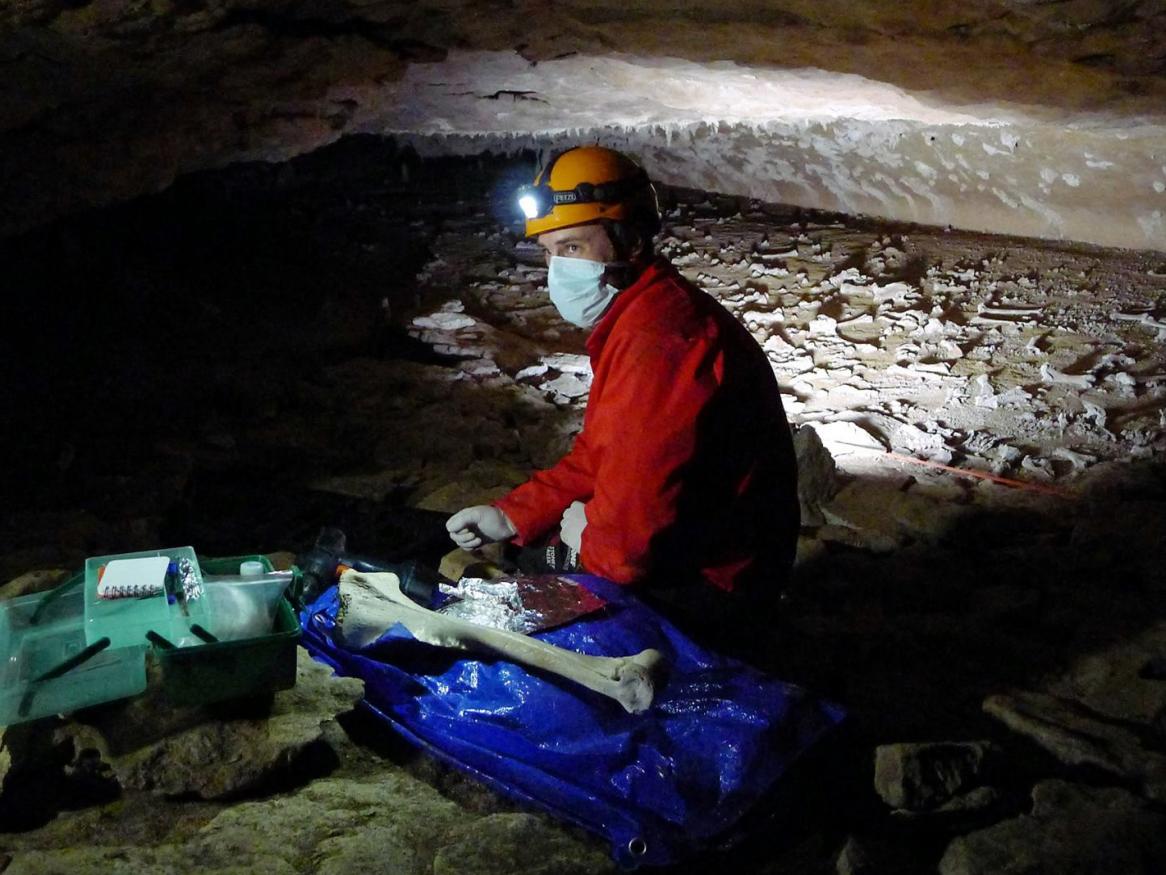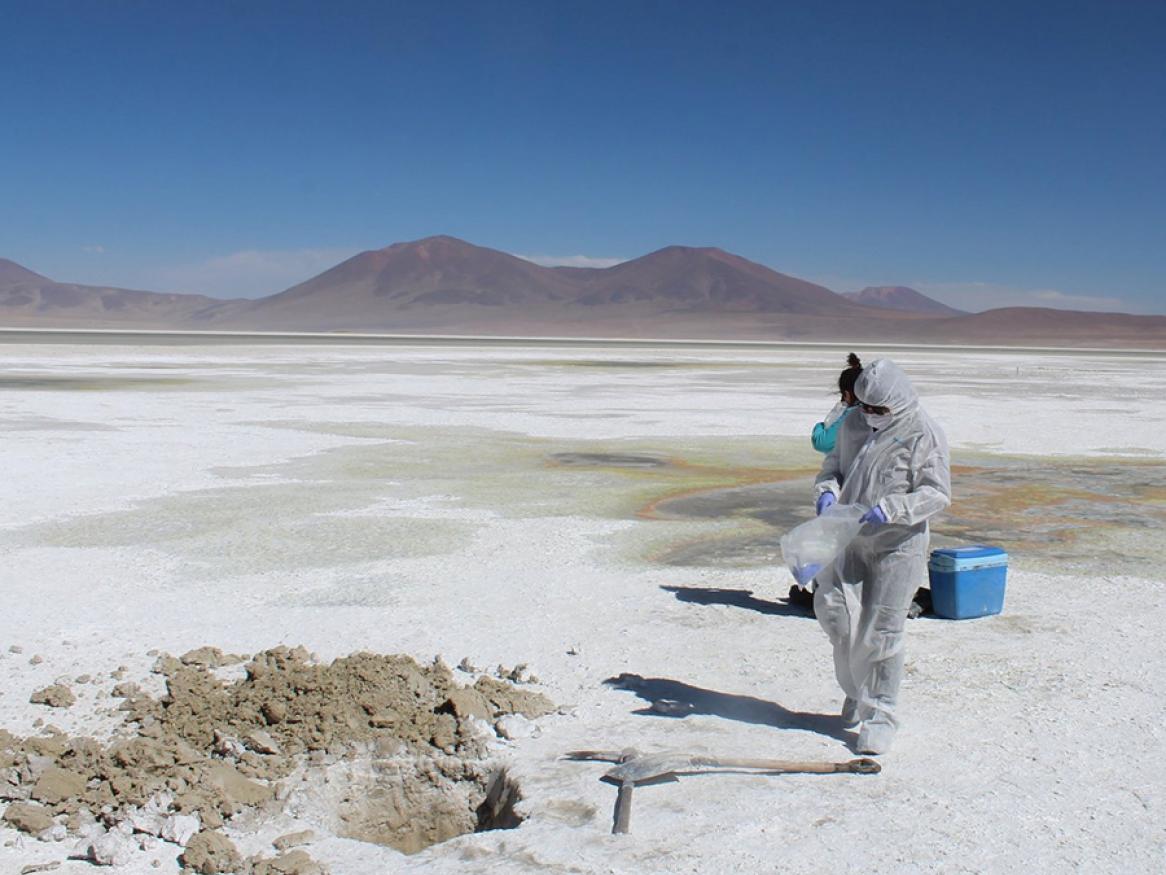Environmental and Microbial Genomics
Our research focuses on the discovery, evolution and interplay of living and ancient organisms across all domains of life - archaea, bacteria and eukaryotes.
We study diverse environments ranging from aquatic and terrestrial biomes to the human body. Our group’s research encompasses three main areas of interest:
- ancient DNA studies seeking to understand through time ecosystem changes, dynamics and functions of ecological communities inhabiting the deep seafloor to high-altitude extreme environments,
- investigating the microbial ecology and evolution of native Australian animals for their improved conservation, and
- examining the diverse microbiomes of the human body to develop better strategies for disease prevention and treatment.
For this highly multidisciplinary research, we apply state-of-the-art high-throughput DNA sequencing and bioinformatic techniques, while also advancing computational tools to analyse our large and complex datasets. For a glimpse into our diverse research programs, please see our individual projects below, with study options available.
Dr Jamie Wood
Using ancient environmental genomics to reveal past biodiversity and ecological interactions.
Jamie’s research focuses on understanding changes in the composition and functioning of terrestrial ecosystems over the past 50,000 years. His specific research interests include climate and environmental change, ecological impacts associated with human settlement, diet and ecology of threatened and extinct animal species, ecological consequences of lost or broken interactions between species, and conservation palaeoecology.
One of his key research contributions has been through developing the use of ancient DNA from coprolites (ancient dung) to study the diet and ecology of extinct and threatened animal species. Current projects include the use of aDNA in cave sediments to reconstruct prehistoric plant and animal communities, and using parasite DNA from coprolites to explore the spatio-temporal dynamics of the co-extinction process.
Dr Vilma Perez-Godoy
Evolutionary history of microbial adaptations to extreme environments
Vilma is visiting ACAD on a Chilean Postdoctoral Fellowship to further her work on the diversity and survival strategies of microbial communities in very extreme environments using both modern and ancient DNA approaches. By examining past microbial adaptation mechanisms to environmental factors, using ancient Chilean hydrothermal soil samples, she will benchmark ancient environmental microbiome studies. Samples are taken from primitive sites so extreme (e.g. sulfur rich, high temperatures springs at 4000 metres above sea level with dangerous UV levels) that makes research difficult, but immensely rewarding. Due to a gap in this field, Vilma is developing laboratory protocols and analytical pipelines that will address some of the evolutionary history of microbes that exist in such extreme environments.


